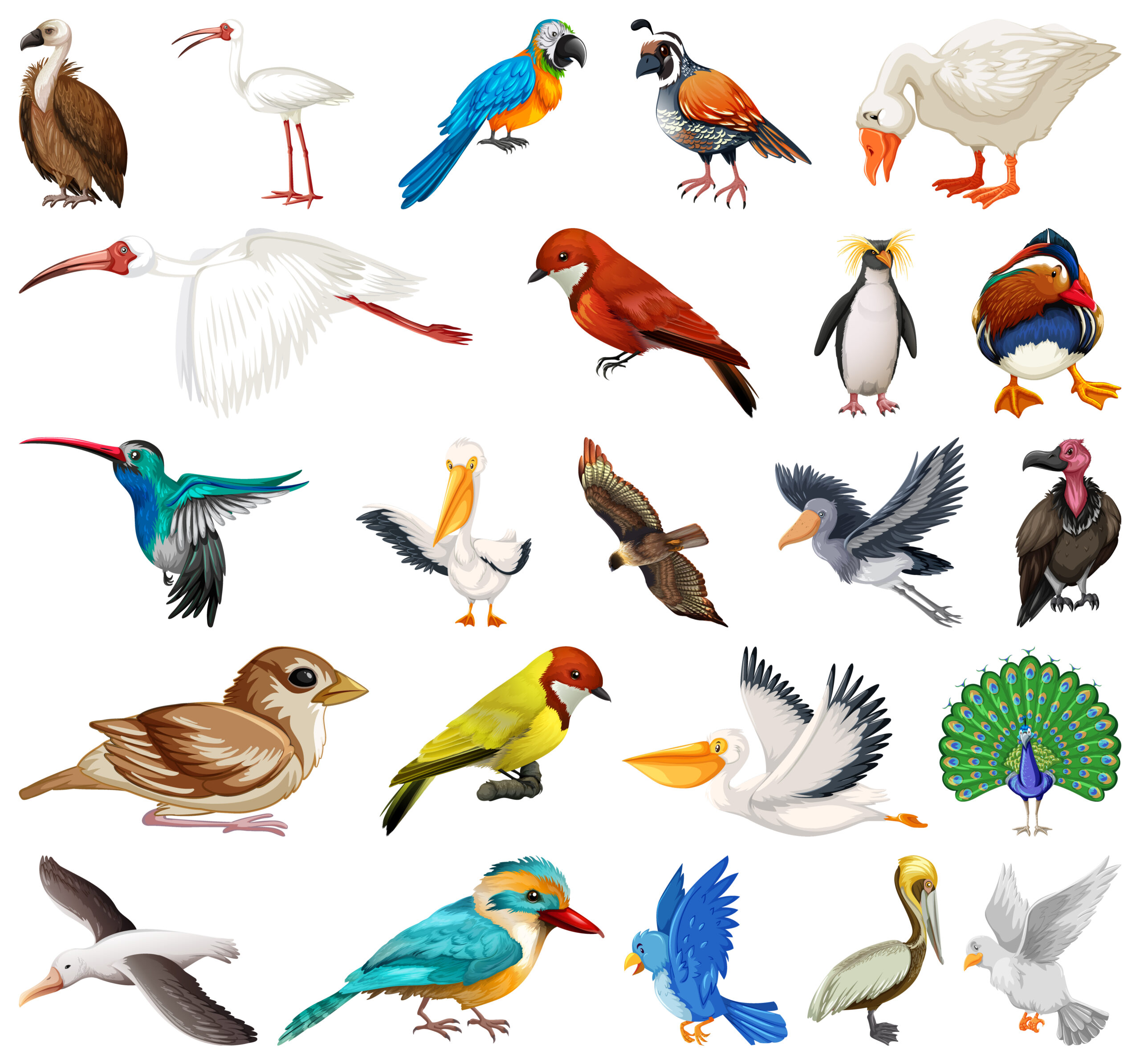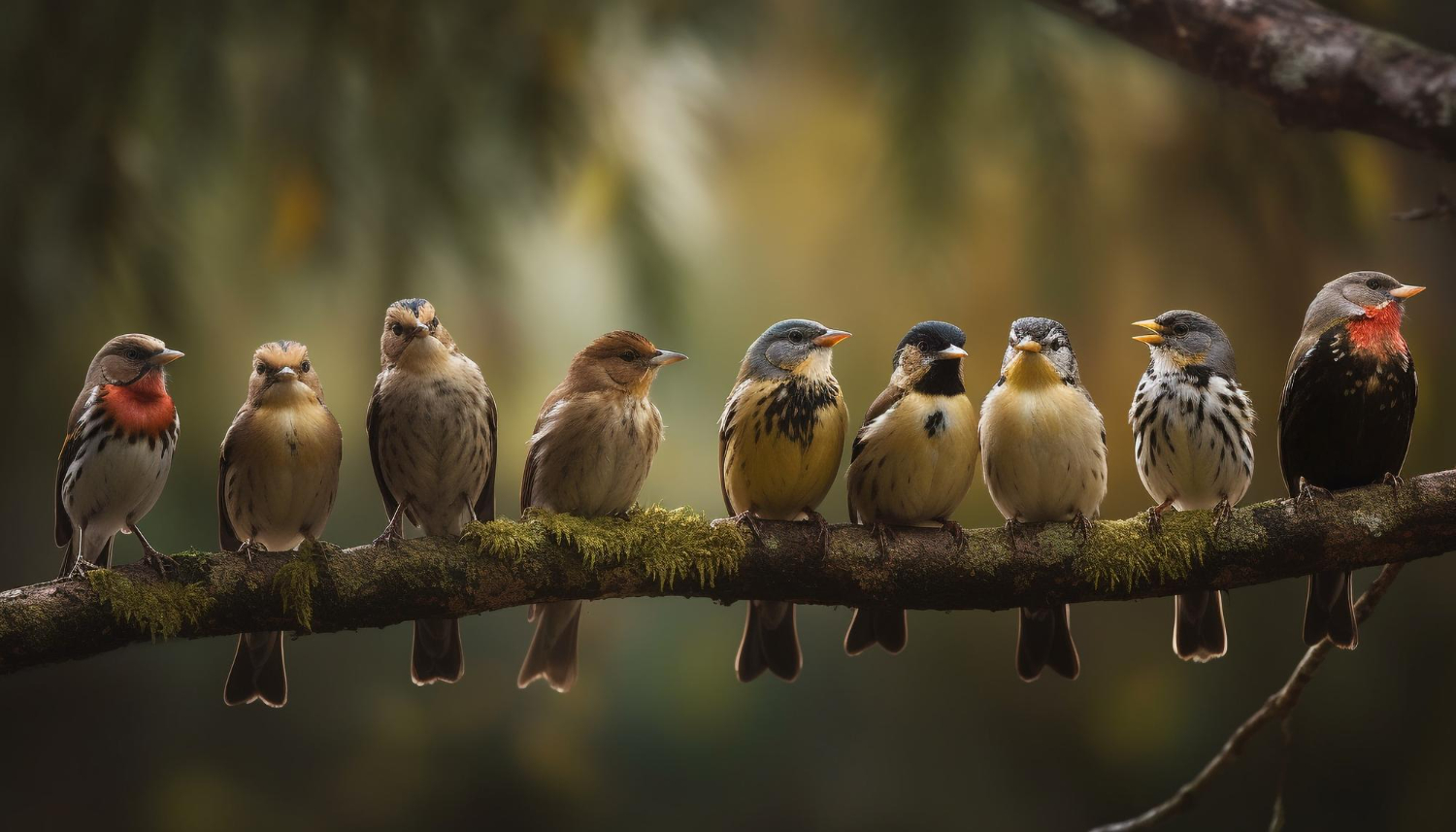The eastern bluebird is more than just a bird; it’s a symbol of hope, joy, and the beauty of nature. Its vibrant colors, cheerful song, and gentle demeanor have earned it a special place in the hearts of bird lovers and nature enthusiasts. Whether you’re an experienced birdwatcher or someone who simply enjoys the outdoors, the eastern bluebird is a creature worth learning about and appreciating.
This blog will explore everything about the eastern bluebird in 2025, from its appearance and behavior to its role in nature and the steps we can take to protect it.
What Makes the Eastern Bluebird Unique?
The eastern bluebird is one of the most beloved birds in North America. Its bright blue feathers, rusty orange chest, and white belly make it easy to recognize. The males boast more vivid colors, while the females display softer, more subdued hues, adding to their charm.
One of the most delightful things about the eastern bluebird is its song. Its melodious warbling is often described as a song of happiness and hope, filling fields, forests, and backyards with a sense of tranquility.
Habitat and Distribution of the Eastern Bluebird
The eastern bluebird thrives in open spaces like meadows, farmlands, and suburban gardens. In 2025, their habitats remain widespread across the eastern United States, stretching from Canada to the Gulf of Mexico. You can also find them in parts of Central America, especially during winter months when they migrate to escape colder climates.
These birds prefer areas with scattered trees and plenty of open ground for foraging. Nesting sites often include natural tree cavities, abandoned woodpecker holes, or specially designed birdhouses, which have become increasingly popular among bird enthusiasts.
Diet and Feeding Habits
The diet of the eastern bluebird is one of its most fascinating features. These birds are omnivores, meaning they eat both plants and animals. Their favorite meals include insects like grasshoppers, beetles, and caterpillars, which they catch with remarkable precision.
In colder months, when insects are scarce, the eastern bluebird relies on fruits and berries, such as dogwood, sumac, and holly. Providing these plants in your garden can make your yard a haven for the eastern bluebird, especially during the winter.
Breeding and Family Life
The eastern bluebird is known for its dedication to family. During the breeding season, which begins in early spring, males perform a charming courtship display by singing and fluttering their wings to attract a mate. Once paired, the female takes the lead in building the nest, using grass, feathers, and soft materials.
Each clutch usually contains 3–7 eggs, and both parents play an active role in feeding and protecting their chicks. After about two weeks, the fledglings leave the nest, but they often remain close to their parents for guidance. It’s not uncommon for the eastern bluebird to raise two or even three broods in a single season.
The Eastern Bluebird as a Symbol of Hope
The eastern bluebird has long been associated with positivity and renewal. In many cultures, seeing an eastern bluebird is thought to bring good luck or signal that better days are ahead. Its cheerful demeanor and bright colors make it a living reminder of the beauty and resilience of nature.
In 2025, this symbolism remains strong. As people turn to nature for solace and inspiration, the easterns bluebird continues to be a beloved symbol of hope and happiness.
Threats to the Eastern Bluebird
Despite its popularity, the easterns bluebird faces several challenges. Habitat loss due to urbanization and agricultural expansion remains a significant threat. The removal of dead trees and branches, which serve as natural nesting sites, has also impacted their populations.
Additionally, competition with invasive species like European starlings and house sparrows poses a risk. These aggressive birds often take over the nesting sites of the easterns bluebird, leaving them with fewer options for raising their young.
Conservation Efforts for the Eastern Bluebird
Thanks to conservation efforts, the eastern bluebird has made a remarkable comeback in recent decades. Bird lovers and organizations have played a vital role by installing bluebird houses and promoting the growth of native plants that provide food and shelter.
In 2025, supporting the eastern bluebird can be as simple as setting up a nest box in your yard or participating in local birdwatching and conservation groups. Every small effort helps ensure a thriving future for this cherished species.
How to Attract Eastern Bluebirds to Your Yard
Creating a welcoming space for the eastern bluebird in your backyard is easier than you might think. Here are a few tips:
- Install a Nest Box: Use a properly designed bluebird house with a small entrance hole to deter larger birds and predators.
- Provide Food: Offer mealworms, suet, or native plants that produce berries. Avoid using pesticides, as they can harm the insects bluebirds rely on.
- Add a Water Source: A birdbath or shallow water dish can be a great attraction for the eastern bluebird.
- Maintain Open Spaces: Keep areas of your yard free of dense shrubs or tall grasses to make it easier for bluebirds to spot and catch prey.
Fun Facts About the Eastern Bluebird
- They Are Cavity Nesters: The eastern bluebird prefers nesting in small cavities, often created by woodpeckers.
- Flight Style: Their flight pattern is a mix of short, rapid wingbeats and glides, making them easy to spot in the air.
- Social Creatures: While they are territorial during breeding season, easterns bluebirds often form small flocks in the fall and winter.
- Long Lifespan: In the wild, easterns bluebirds can live up to 10 years, though many don’t survive their first year.
The Role of Eastern Bluebirds in the Ecosystem
The easterns bluebird plays an essential role in maintaining ecological balance. By feeding on insects, they help control pest populations, benefiting farmers and gardeners alike. Their preference for berries also aids in seed dispersal, supporting plant growth and biodiversity.
Watching the easterns bluebird in action is a reminder of how interconnected nature is and how even small creatures have a big impact on their environment.
The Joy of Birdwatching in 2025
Birdwatching has become a favorite pastime for many, and the eastern bluebird is a highlight for any birding enthusiast. Whether you’re observing them from your backyard or on a nature trail, spotting an easterns bluebird brings a sense of joy and connection to the natural world.
In 2025, advancements in technology have made birdwatching even more accessible. Apps and digital tools can help you identify birds, log sightings, and connect with a community of fellow nature lovers.
Protecting the Future of the Eastern Bluebird
As we move forward, protecting the easterns bluebird requires collective effort. Supporting conservation initiatives, planting native species, and educating others about the importance of these birds can make a significant difference.
The easterns bluebird reminds us that even small actions can have a big impact. By working together, we can ensure that future generations have the chance to experience the beauty and joy of this remarkable bird.
Conclusion
The eastern bluebird is truly a symbol of hope and beauty. Its vibrant colors, cheerful song, and vital role in the ecosystem make it a bird worth cherishing and protecting. In 2025, the eastern bluebird continues to inspire people across North America, serving as a reminder of nature’s resilience and wonder.
Whether you’re setting up a birdhouse, planting native flowers, or simply enjoying their presence, every moment spent with the eastern bluebird is a gift. Let’s work together to celebrate and protect this remarkable species for years to come.




Pingback: How Chickadee Birds Adapt to Harsh Winters in 2025 - Identify The Bird